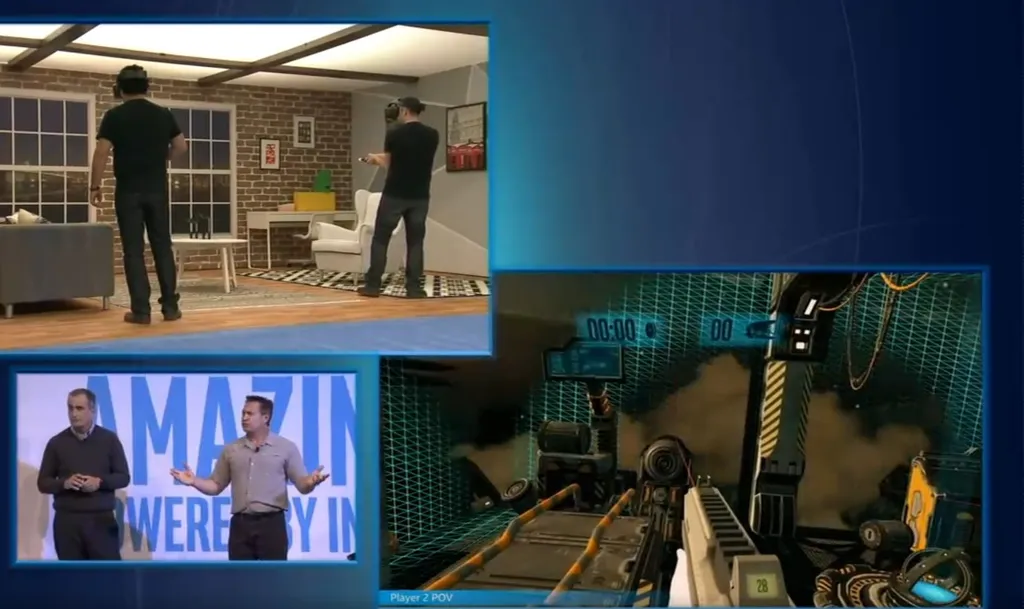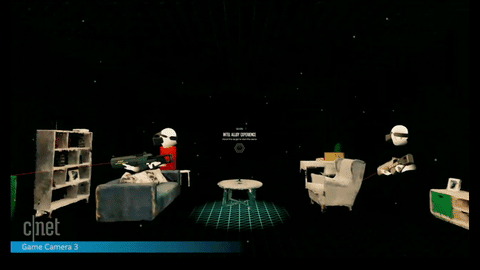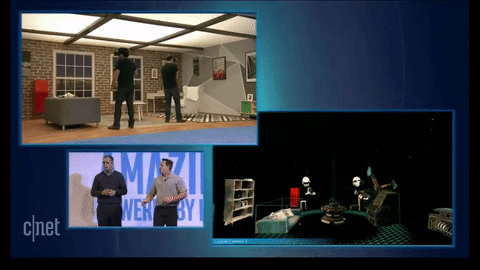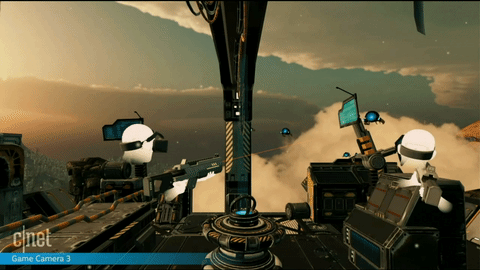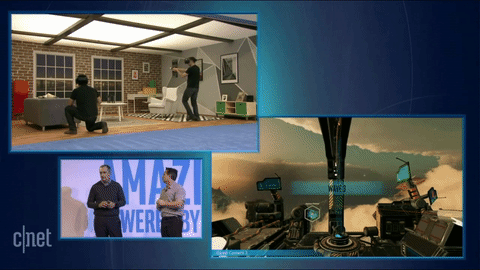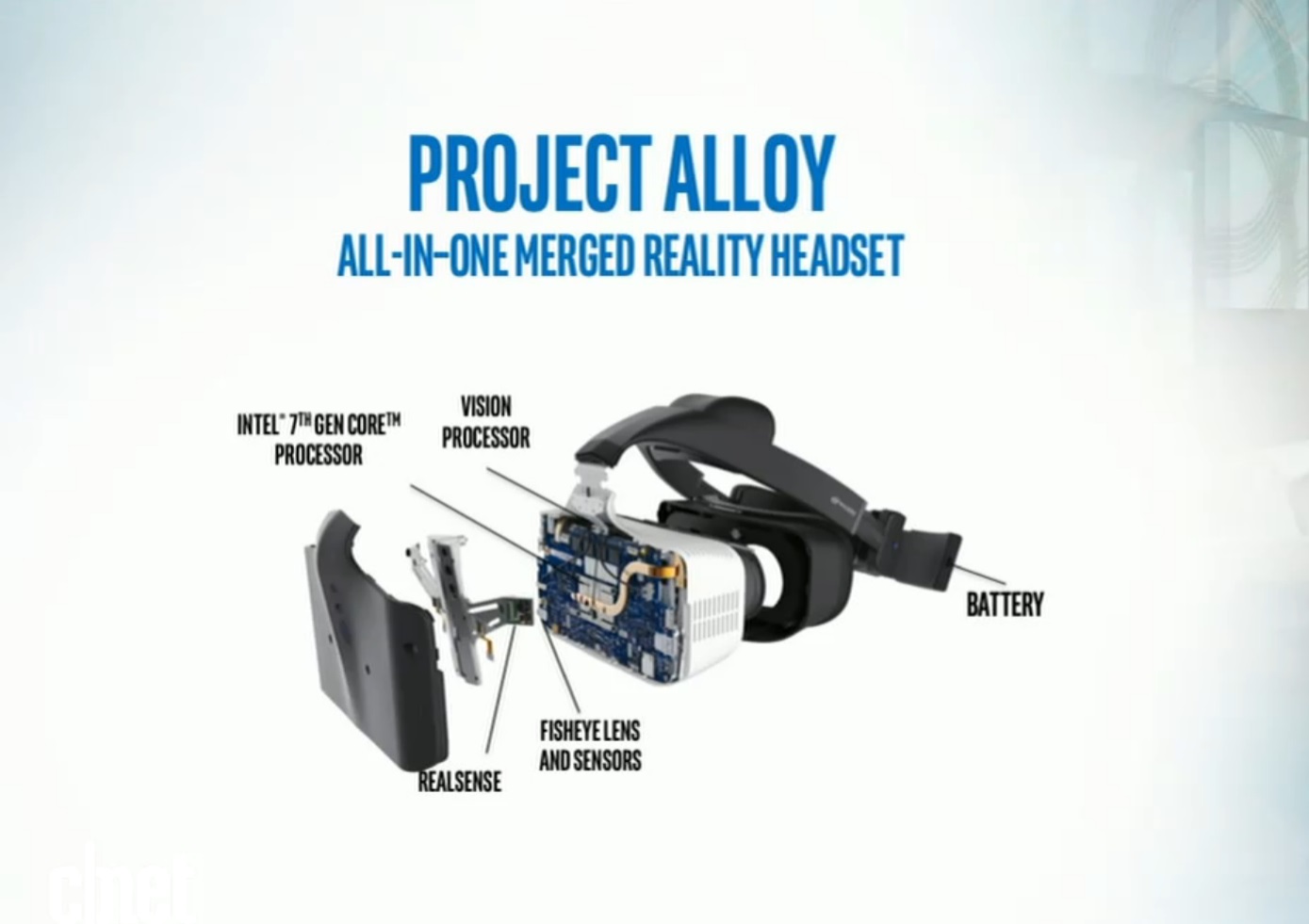Update: We’ve now officially gone hands-on with the Project Alloy headset. You can read our thoughts and watch a video interview for more information.
Original: The Intel press conference at CES 2017 was almost entirely about mixed reality technologies. A large portion of the show asked the audience to literally be inside VR viewing demos in real-time, including a live 360 sports broadcast. But most of this was using existing technology, such as the Oculus Rift, to show off content rather than hardware. That is, until the Project Alloy merged reality headset made its debut at least.
Intel CEO Brian Krzanich excitedly showed off the upcoming device and a new multiplayer shooter game demo, proclaiming that it would be available by the end of 2017. We first got a glimpse of the headset back at the 2016 Intel Developer Forum in which we saw a live demo of the presenter walking around inside of the virtual world with full wireless positional tracking and what Intel referred to as ‘multi-room tracking’ due to the headset’s ability to track your outside environment. In this way, it merges AR and VR together, to create what the company has coined as merged reality.
During CES 2017, we saw a brand new stage demonstration that incorporated multiplayer in an intense action-shooter setting. In the GIF above, you can see a representation of how the device scans the room and then creates a virtual setting based on objects in the real world.
Here’s what it was like after the Alloy headset finished its scan and substituted the environment:
When you’re wearing the headset, all you see is the digital world that’s created, but the layout is determined by your actual physical space. It remains to be seen how flexible and accurate it is, but in theory, it appears to do a good job. This demo was not shown live, it was pre-recorded, so remain a bit skeptical until something first-hand can be accurately captured.
During the game, the two players could see each of their avatars in the world and shot down enemies in a post-apocalyptic style wave shooter that resembled the aesthetic of Hover Junkers. You can see the game in action below:
Notice how the player on the left is ducking behind a piece of furniture in the real world, but the game has mapped that as an object in the game. It’s a clever technique that will surely lead to some interesting applications and means that each time you play a game such as this built to take advantage of the Alloy’s merged reality capabilities, it should be entirely different based on where you physically play it.
For a closer look at the Project Alloy headset, take a peek at the up-close shots we took at IDF 2016.
UploadVR will be going hands-on with Project Alloy this week and will report back with further impressions. Let us know what you think — and what questions you have — down in the comments below!
h/t: All GIFs and screenshots were grabbed from the CNET livestream of Intel’s CES 2017 press conference.

